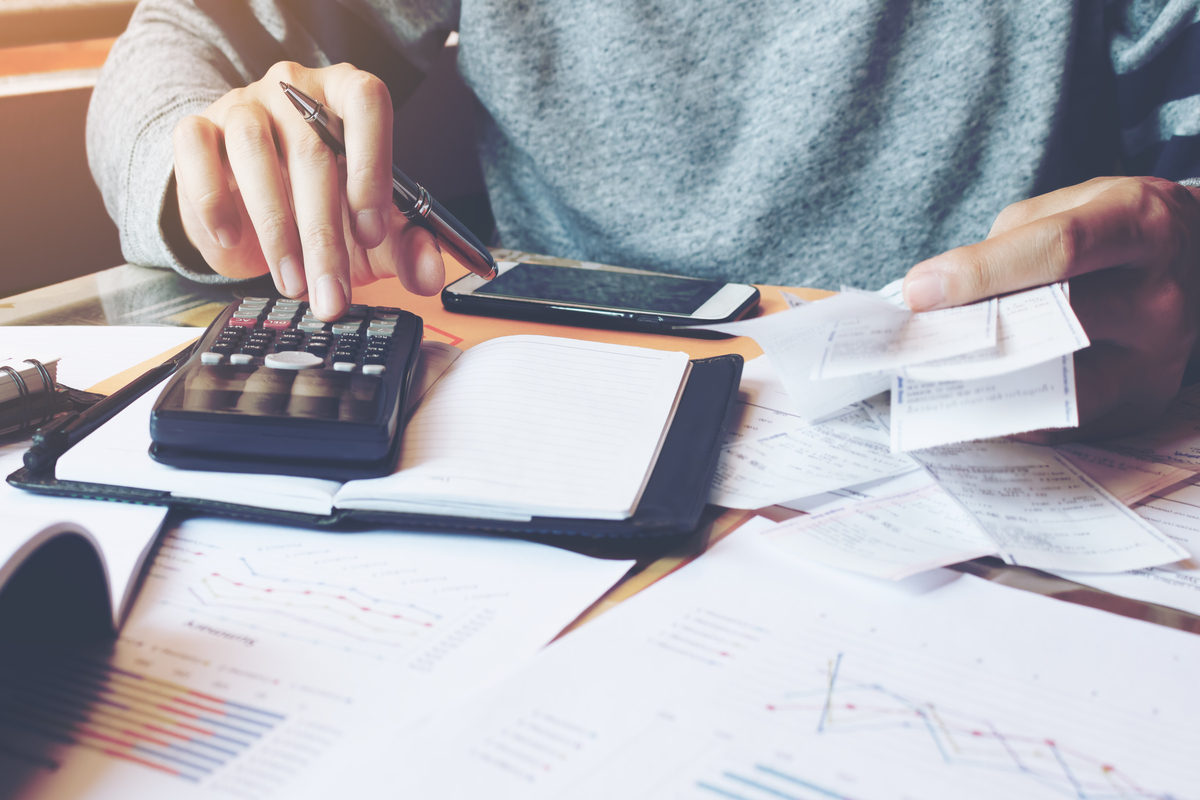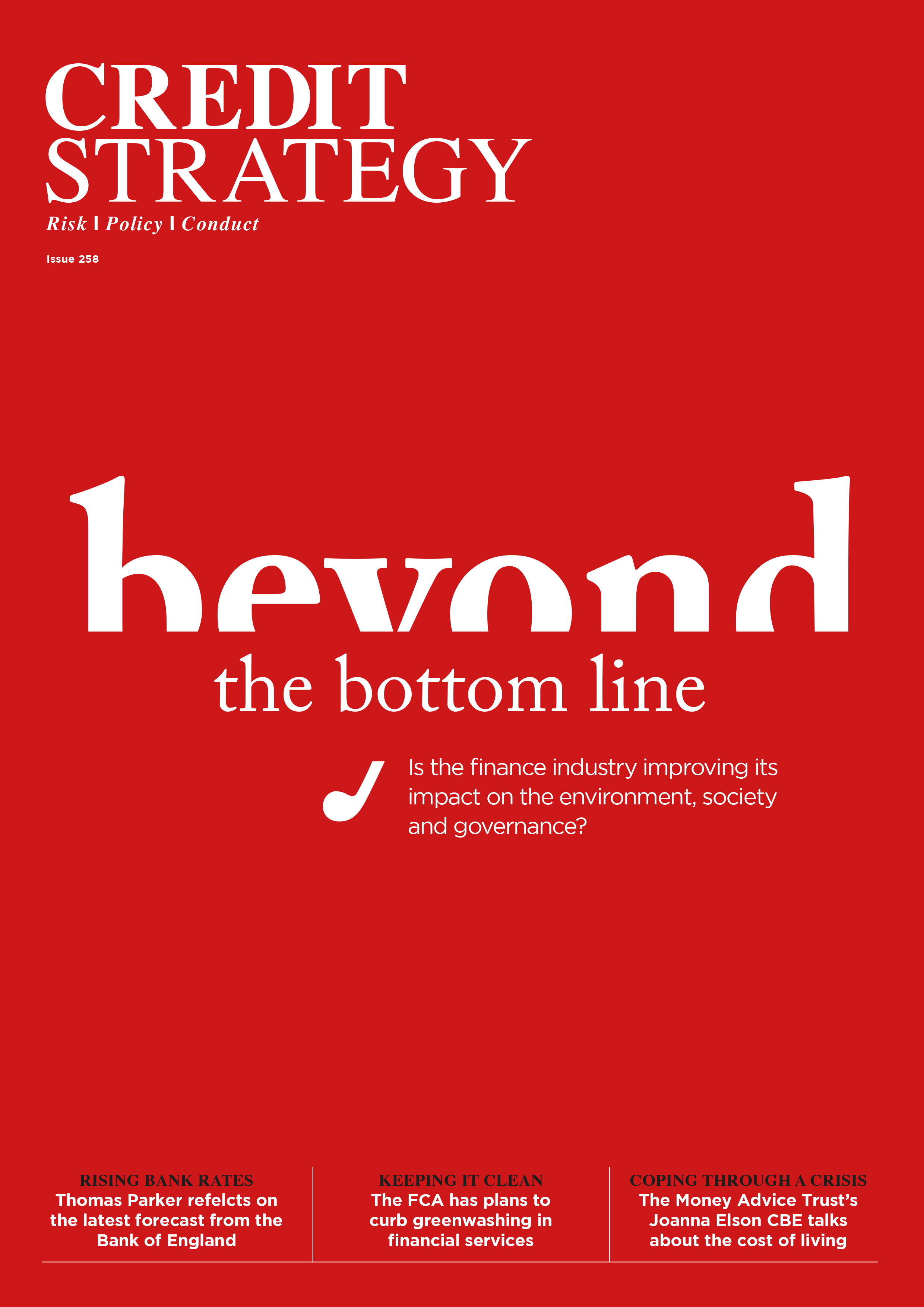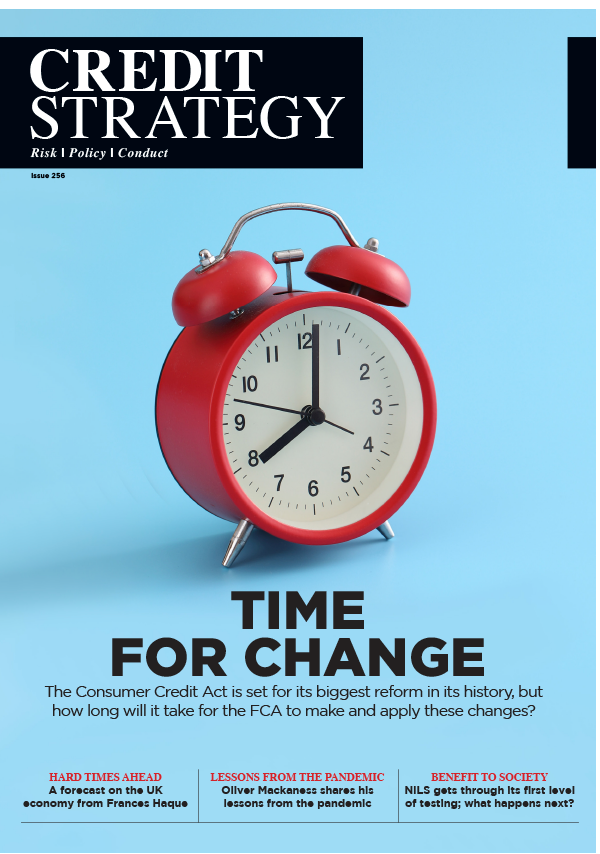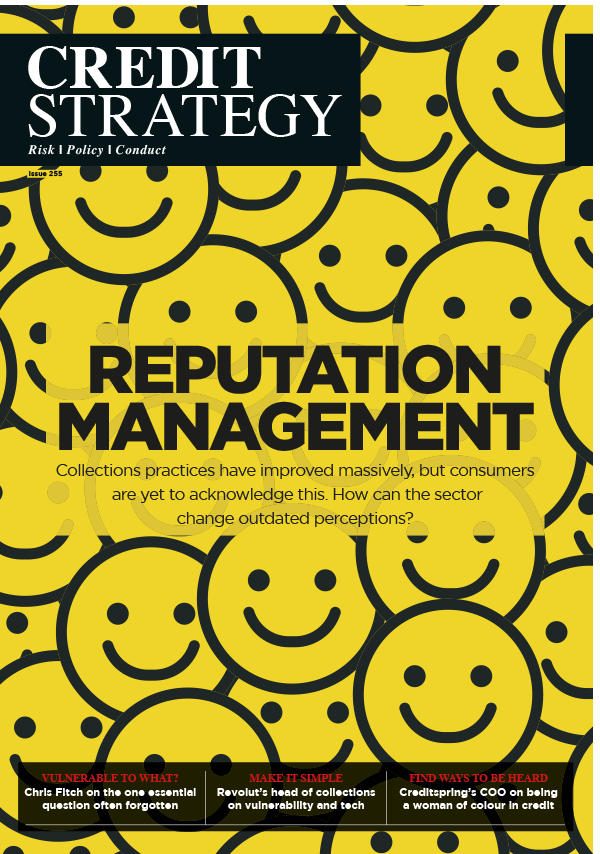Dear visitor,
You're reading 1 of your 3 free news articles this quarter
Register with us for free to get unlimited news, dedicated newsletters, and access to 5 exclusive Premium articles designed to help you stay in the know.
Join the UK's leading credit and lending community in less than 60 seconds.
One percent jump in CPI inflation
Consumer Prices Index (CPI) inflation rose by 11.1% in the 12 months to October 2022 – a one percent increase when compared to the 10.1% figure seen last month.

Senior Journalist, covering the Credit Strategy and Turnaround, Restructuring & Insolvency News brands.
This is the highest rate of the annual rise in CPI inflation seen since October 1981 – where the estimate for the annual inflation rate was 11.2%.
On a monthly basis, CPI rose by two percent – a rise of 0.9% when compared to the 1.1% figure during the same month in 2021. This means, between these two months, the prices of goods and services bought or consumed by UK households have increased by two percent.
This matched the annual CPI inflation rate in July 2021 – meaning prices rose between September and October 2022 by as much as they did in the entire year to July 2021.
As for Consumer Prices Index including owner occupiers’ housing costs (CPIH), this rose by 9.6% in the 12 months to October 2022 – up from the 8.8% figure seen in September 2022. This is the largest annual inflation rate since December 1980 – when it stood at 9.8%.
On monthly basis, meanwhile, CPIH rose by 1.6% – this is a rise of 0.9% when compared to the same month last year.
Gas and electricity prices made the largest upward contribution to the change in both CPIH and CPI annual inflation rates between September and October 2022 – this is despite the introduction of the government’s Energy Price Guarantee. The second largest was rising food prices, while transport made the offsetting downward contribution.
Looking at the cost of housing and household services, this rose by 11.7% in the 12 months to October 2022 – up from 9.3% in September. This is the highest on record, including the modelled estimates, with the last time it was nearly this high was October 1975, when estimated housing and household services inflation reached 11.4%.
Food and non-alcoholic beverage prices, meanwhile, rose by 16.4% – up from 14.6% in September 2022. This annual rate has continued to rise for the last 15 consecutive months from a start point of negative 0.6% in July 2021.
The current rate is estimated to be the highest since September 1977 – when the food and non-alcoholic beverages annual inflation rate was 17.6%.
In contrast, the annual inflation rate for transport was 9.3% - down for a fourth consecutive month from a peak of 15.2% in June. Prices were unchanged in this sector between September and October but had increased by 1.5% in 2021 – resulting in a 0.18% drop in downward contribution to the change in the annual inflation rate.
Overall – unlike in recent months, where the downward movement has been dominated by falling motor fuel prices – there were large downward effects from both motor fuels and second-hand cars.
Fuel prices fell by 0.5% between September and October, but prices at the pump were still 22.2% more expensive than they were in October 2021.
As for the price of second-hand cars, this fell by 0.6% between September and October, compared with a 4.6% rise in prices between the same months in 2021. Prices had risen significantly between May and November 2021 because of increased demand following the Covid pandemic, lower levels of second-hand car stock, and the global semiconductor microchip shortage.
Stay up-to-date with the latest articles from the Credit Strategy team
Get the latest industry news






